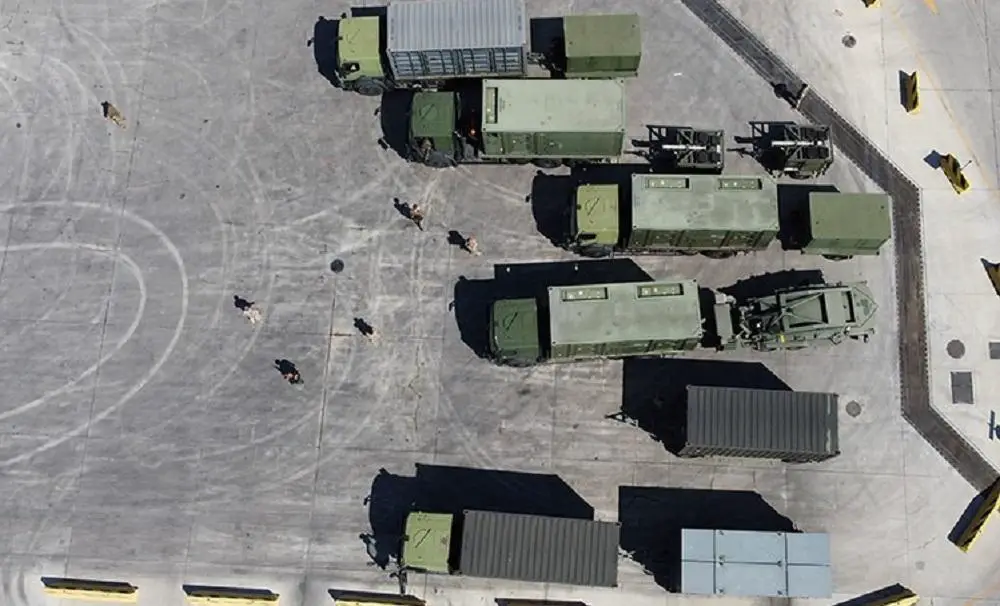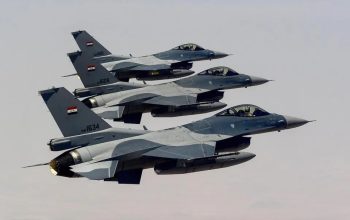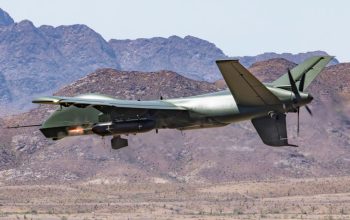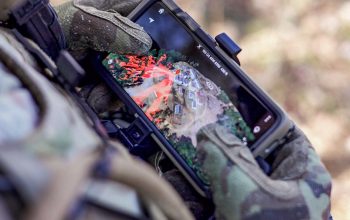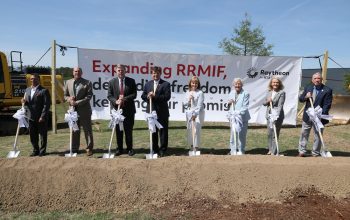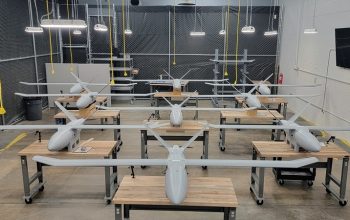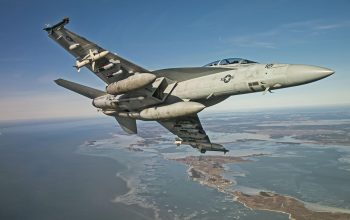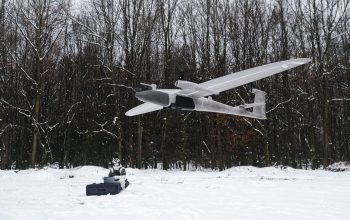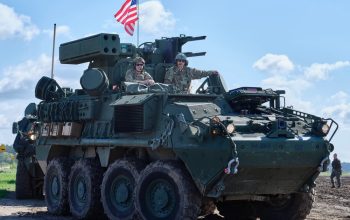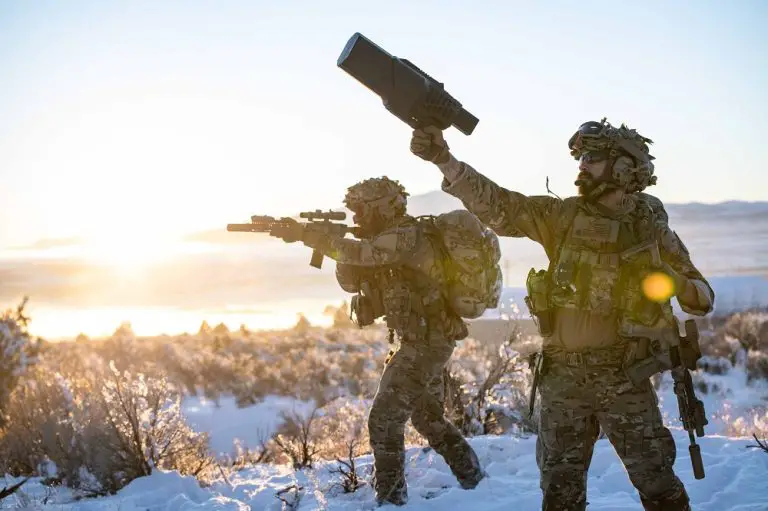Staff and equipment from NATO’s Deployable Air Command and Control Centre (DACCC) started the 2,500 km journey from Poggio Renatico, Italy to Konya Air Base, Turkey for exercise Ramstein Dust-II 2022 (RADU-II/22) at the beginning of June 2022. A convoy of 30 military trucks packed with the entire Deployable Air Control Centre, Recognized Air Picture Production Centre/Sensor Fusion Post (DARS), has deployed from the DACCC home base in Italy. The deployment phase is a key part of the training for DACCC staffs, ensuring they can rapidly transport key equipment via land and sea to Turkey and then establish the Air Control and Battle Management systems necessary to enable air operations in a remote location.
RADU II/22 will also integrate the tactical live flying phase of Turkish-led exercise, Anatolian Eagle 22 (AE22), from 20 – 28 June to enhance the NATO Integrated Air and Missile Defence (IAMD) posture and improve interoperability. The ability to deploy and exercise of NATO systems, capabilities and personnel, working together with significant Host Nation Support, reflects the resolve and cohesion of the Alliance. Comprised of personnel from the DARS, along with the Deployable Sensor Section, the current DACCC deployment provides a Control and Reporting Centre (CRC) for seamless air command and control for RADU-II/22 at Konya. Integrating participating forces in a combined scenario offers unique training opportunities for all participants with regard to NATO crisis and conflict large-scale operations procedures.
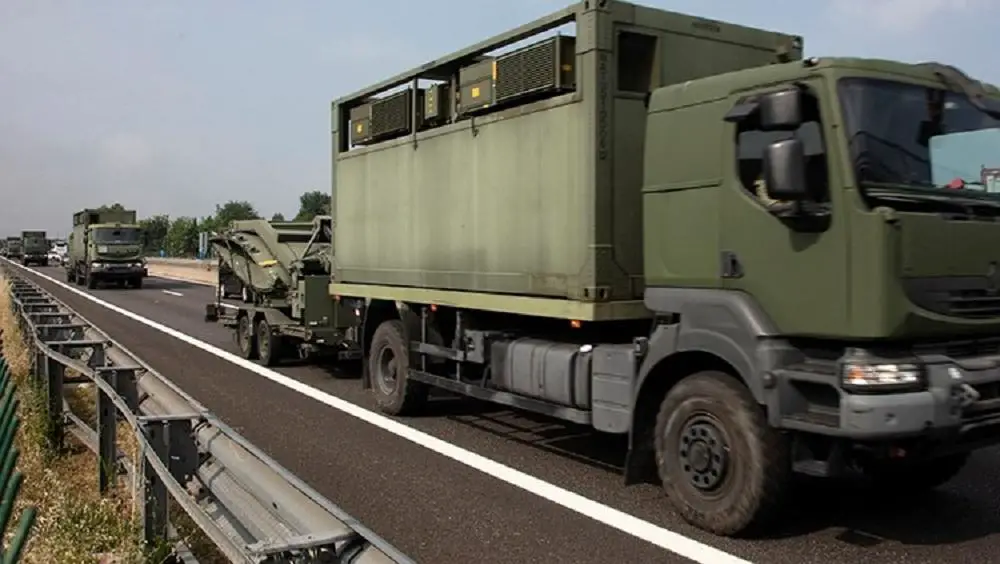
“NATO forces must be ready to go wherever, whenever, on very short notice. The Alliance needs command and control systems, that enable aircrew, squadrons and headquarters to plan, undertake and complete their missions, to be quickly deployable,” said Major General Denny Traas, Commander DACCC, during his farewell speech to the departing personnel.
The Deployable Air Command and Control Centre, based at Poggio Renatico in northern Italy, provides a capability for deployable Surveillance and Control of Alliance Air Operations. Its mission is to prepare elements for worldwide operational deployment and, together with the Combined Air Operations Centres, to deliver well-trained and specialised experts to augment Allied Air Command during Allied operations and exercises. The unit comprises four functional pillars; two deployable elements utilised in operations and exercises and two that support routine duties when in garrison. The Deployable Air Control Centre, Recognized Air Picture Production Centre and Sensor Fusion Post (DARS) is NATO’s deployable air surveillance and control capability, responsible for the control of air missions. A Deployable Air Operations Centre provides a pool of personnel for the NATO Command Structure’s Joint Force Air Component when stood up at Headquarters Allied Air Command in Ramstein, Germany. In the near future, an additional element, the Deployable Sensors Branch will provide deployable air defence radar and passive electronic support measures capabilities.
